Dear Claude: An Epistle #3
Diagnosis? On My Discovery of Being Jewish and the Sadness of Smoke
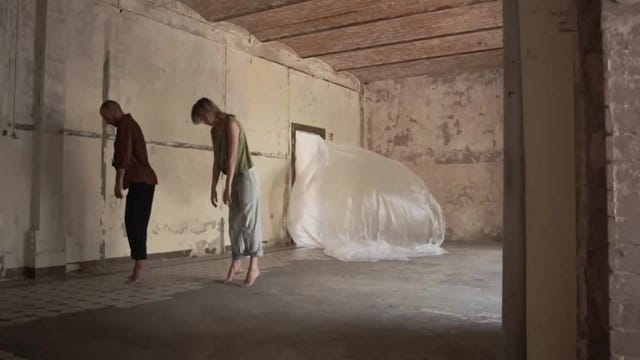
Playlists: Youtube; Spotify; Neil Diamond Album (YouTube) Tap Root Manuscript
Dear Claude:
Two days ago I met Jacobo, a multi-disciplined energy healer. During the treatment, after adjusting my spine and hips, he asked me when I had quit smoking. I smiled at this and answered ‘When I was twelve.’
‘Ah,’ he said. ‘The smoke is still in your lungs. Stuck there, holding your sadness.’
‘From twelve years?’ I asked him. ‘Really?’
‘Yes.’ Pause. ‘Tell me about your sadness,’ he gently encouraged.
‘Do you mean in my childhood?’
‘Yes.’
I paused. And pause now, here, too. How to say that there really was only sadness? That was my answer for Jacobo, that I don’t remember a state or a time in my childhood that I would describe as something not akin to sadness. And on the massage table I recalled and described my first inklings and feelings of joy. That feeling began in 2014. It took me several weeks to understand that that ‘funny’ feeling-state of mind and body, which I had begun to feel after several weeks of real yoga, might be actually that much abused word, ‘joy’. My brother-in-law was fascinated by my ‘joy’ experience at the time and asked me to talk with him about it on his podcast. I joined him January 2016: ‘The Liminalist # 49: Letting the Trickster In (with Guy Duperreault)’.
🙏 If this letter givefs you some pleasure, and/or an ‘aha’ benefit, become a paid subscriber. 🙏
🙏 Thank you for reading. 🙏
All sadness? That seems like it might have been an exaggeration: surely, with something that is comprised of as many hours as childhood is, I would have expected to have had some experiences beyond sadness. You were there. Did you have periods of joy or even ‘real’ happiness? Jacobo’s ‘massage’ of mind and body is now three days old and I have yet to see burbling up, like the healing waters of a mineral hot spring, something akin to joy in my remembrance of childhood.
What about happiness? At first I thought that maybe I did. And yet those moments of happiness were more like experiences of achievement in some way: getting good grades, winning at a board game, getting a nice birthday present. I’m not sure that I would think of them, now, as actually flashes of happiness, although it is possible that I am being overly restrictive in my idea of what comprises happiness.
And now, sitting reflecting and remembering more, even though I quit putting cigarette butts onto my lips at twelve, I continued to be smoked by my environment which was comprised of chronic smokers until my late 20s. Of course, Claude, you were a big part of that, along with your wife with the filterless Buckinghams and the roll-your-owns when money was very tight. And also Terry’s father with his Old Port Cigarillos and her brothers and their wives, smokers all, joyfully playing cards to help kill the long cold winter with the all night bridge sessions that quickly turned the tiny sealed room into a thick cloud of burnt tobacco.
Synchronicity? On Wednesday, five days ago, I attended a cacao ceremony in which we were all cleansed in smoke, and by chance, I managed to sit on the north edge of the circle, away from the lake. I had the smoke of the smoke pots drifting into my face pretty much the whole time.
After I left my childhood home and I had been reading C.G. Jung for some time, I came to understood that the act of smoking may be a way of helping the smoker obscure seeing what is real because smoking, both literally and metaphorically, can be looked at as putting up a smokescreen to life in an organic way of promoting avidya (ie not seeing things as they are and extending suffering. See the kleshas.)
What is the sadness? How is the sadness? What is sadness?
Intermezzo 1
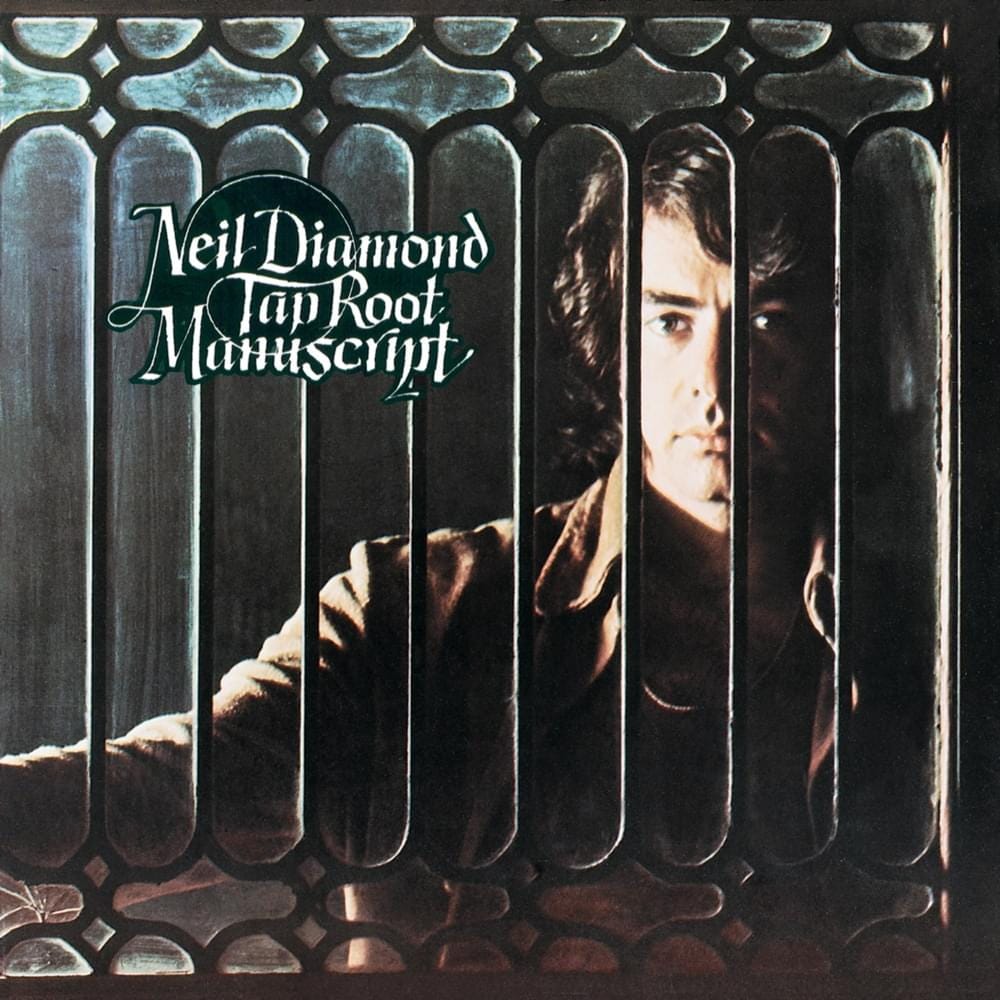
Funny, before I sat to begin writing this I had been listening to Neil Diamond’s ‘TapRoot Manuscript’ because I was thinking about writing this essay/letter on the sadness of my childhood and felt that listening to one of the albums that helped me to survive childhood would be worth listening to. And it was good. Well, the album finished and Spotify moved onto Gerry & the Pacemakers ‘Don’t Let the Sun Catch you Crying’.
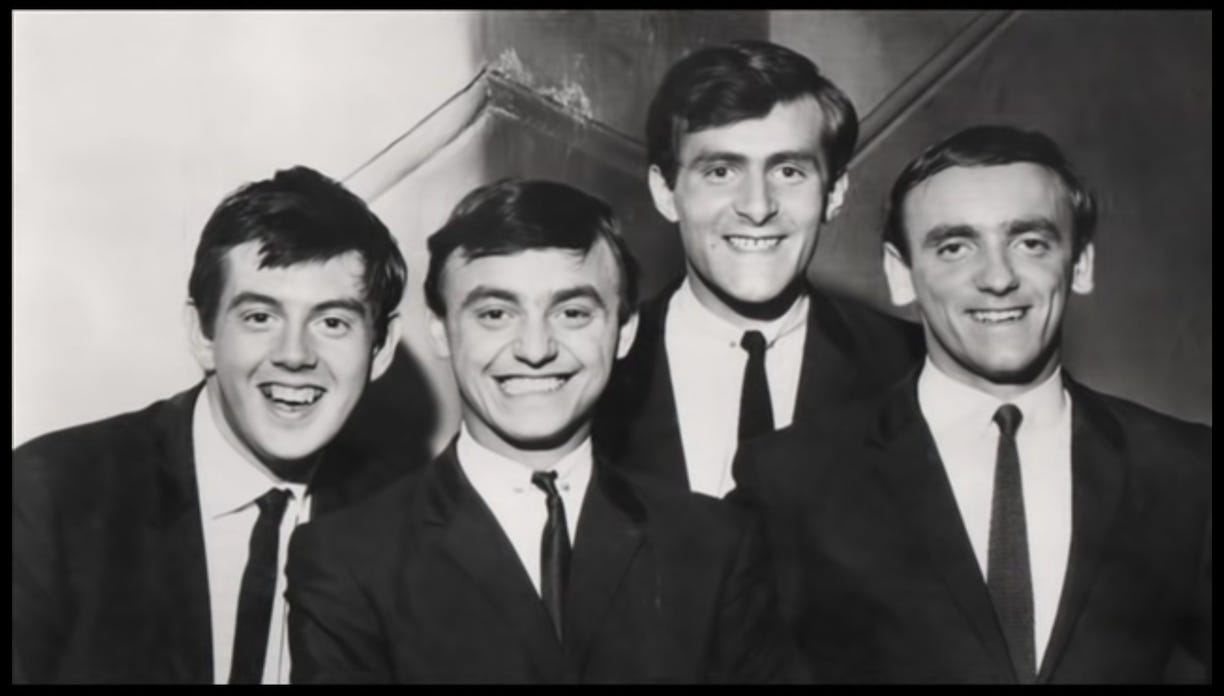
Intermezzo 2
And because Life has a sense of humour, when I went to find the video for ‘Don’t Let the Sun Catch you Crying’ the next song in the YouTube playlist was ‘Happy’ by Pharrell Williams. Well, not only is that a funny contrast to ‘Don’t Let the Sun Catch you Crying’, it just so happens that that song was my real and first yoga teacher’s favourite song for doing Surya Namaskar (Sun Salutations).
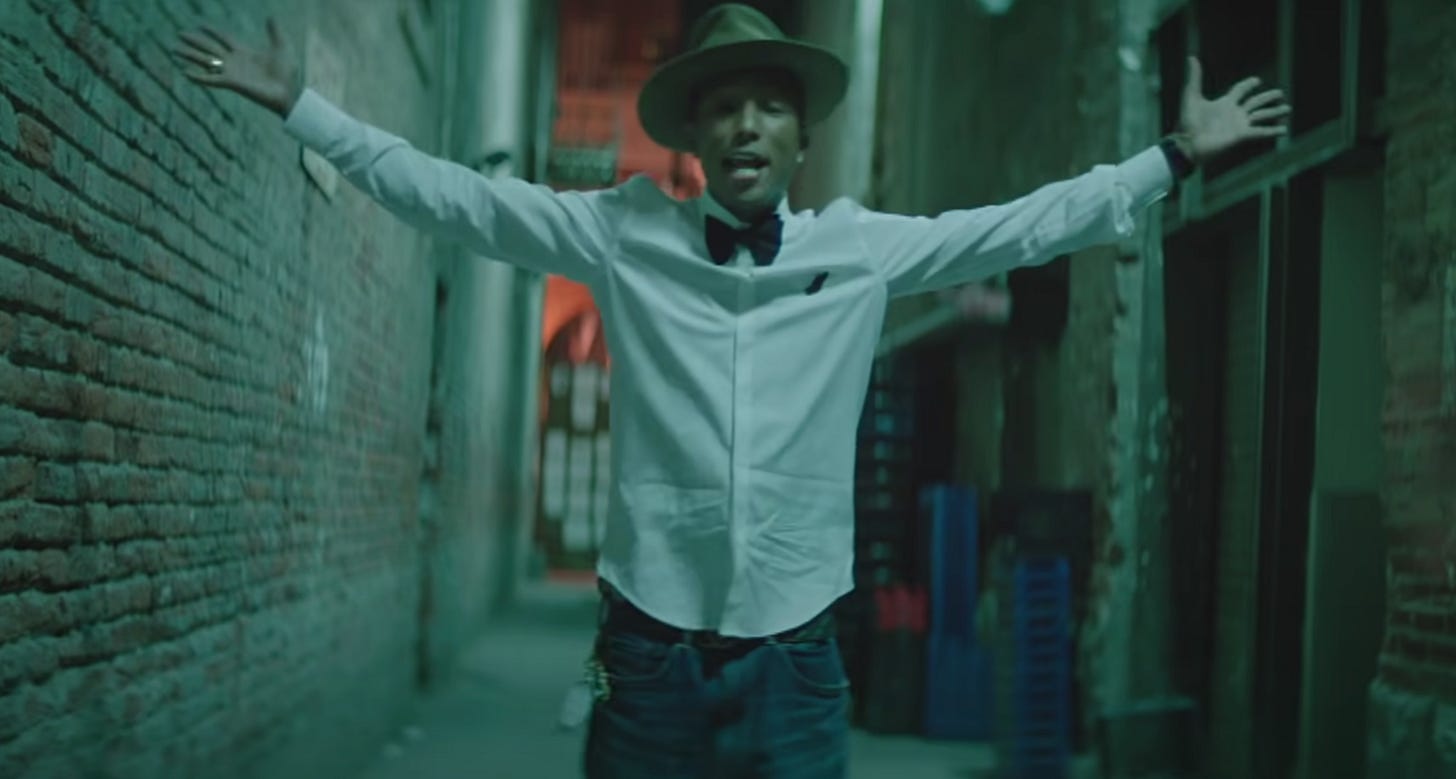
And it was with this song, that I did 108 Surya Namaskars in celebration of international yoga day in Vancouver 2014.
In the lyrics Pharrell sings that when the sun shines we can take a break from an inferred darkness of spirit. I was surprised that the start of this song is actually a softer version of ‘Don’t Let the Sun Catch you Crying.’ Hmmmm. Both these songs suggest that when the sun shines we are to pretend that life is great. Well, this is an amazing metaphor for the whole clown face mask thing, of course, with the clown face hiding the real sadness. With that I think of Smokey Robinson’s ‘Tracks of My Tears’, a song that did have great appeal to me even as a single.
And so a lifetime of musical synchronicities continue to be funny and open to the questions of ‘Really?’ and ‘So what?’
This particular synchronicity becomes a bit more interesting when I attended Pharrell’s lyrics more closely and learned that he suggests that happiness is not actually dependent on sunshine. Instead, ‘happiness is the truth’ and the natural state of our being. He wants us to move out of the mask of happiness into our root reality of happiness. And he marks an interesting shift in consciousness from Gerry who was happy to wallow in woe.
Intermezzo 3
And then came up the song ‘Moonbeam, Midnight, Howl’ by Kerala Dust, that followed ‘Werewolves of London’ by Warren Zevon that I had played earlier while making guacamole.
Claude, my father, I look at you in my mind’s eye and mostly I see sadness there too. I do remember you laughing and I have a feeling of maybe something like happiness one time when you were wearing a train engineer’s cap with polka dots – at least that is how I remember it. And I know that you did genuinely find something akin to joy and perhaps even peace with music. I could see that and heard it when you practiced music with the band you had formed. You so wanted me and your daughters to enjoy playing music! However the pressure to perform perfectly instantly was so profound that playing music was a form of extreme discomfort, perhaps even torture, in my life. Recently, with relaxation, I began to approach music with playfulness in the shape of a tin flute and ukulele. And I’ve set both aside these last two years in order to explore my current path which is that of a spiritual refugee in the time of covid.
And so it was that when I wasn’t outside I was plugged-in and tuned-out. Is that a definition of ‘sadness’, to be continually and even extremely uncomfortable instead of feeling joyful in the play of life? And it turns out that as I listened to my childhood favourites, I experienced a release of some sort, a movement away from that time. And some of the songs are humming inside me with beautiful familiarity: right now, for example, ‘Sunny Day’ by Simon is so strong. Does that mean I have deepened those past grooves in this present?
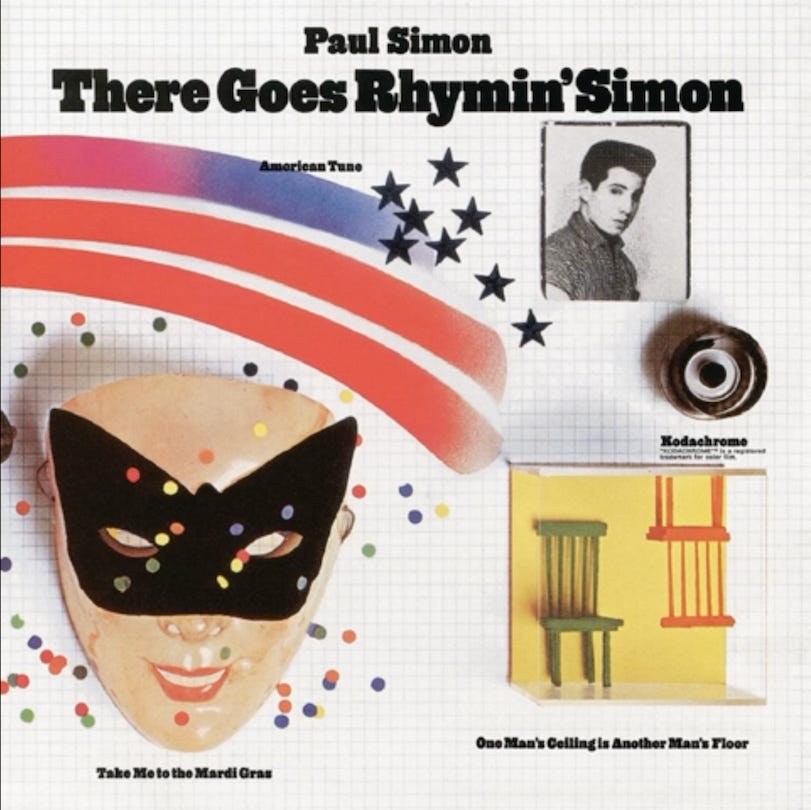
And as I work/played my way through this samskara I began to reconnect with the music of my childhood. The playlist is below for the curious and I’ve included many song-links. And I approached this exercise from the experience and neuroscience studies showing that many, if not most, of my memories are fundamentally incorrect in some way. With that this is not so much an exploration of my memory of the sadness of childhood as it a jumping back in time using the music of my childhood to explore the avidya of sadness caught in the smoke of my twelve year old lungs.
And this isn’t to say I didn’t laugh or have fun times from time-to-time. I remember mud flows and sliding down snow, the Foucault pendulum swing of the Stalarski’s and losing endless best out of three rounds of table tennis to Raymond. Yes, I remember fun incidents and yet all of that has the colour of sadness overlaying it.
And I’ve noted elsewhere that there has been in recent days and weeks a series of clown encounter synchronicities. As a child, clowns struck me as amongst the saddest of all things and I was puzzled by people pushing them as something specifically able to create humour or… well, I’m not sure what. I remember being baffled when my ‘friends’ around me talked excitedly about the clown at the local travelling circus, for example. And Bozo the clown stories simply made me uncomfortable and sad. I listened to a Bozo album with expectation that it would be fun in some way it simply wasn’t for me. I was supposed to like it and it just made me uncomfortable and sad.
And I’ve seen two clowns in the last few weeks. The last was on Thursday, four days ago. Both on buses in different Mexican cities. And two weeks ago I stumbled into the psychology of the fool video that included clown references, as well as a recent claim that the CDC has been fully immersed into covid as ‘clown world’.
Jeff Childers “It’s a clown world now, and the CDC isn’t even trying very hard to pretend otherwise anymore” (my emphasis).
I spent many hours of childhood listening to music — I think that it helped save my life — often laying on the floor on my stomach. And so I recreated that ambience in some small degree by putting some of those albums into my ears as I wrote. I wasn’t a pop-singles listener, for the most part. I listened to albums from start to finish and did not find myself drawn to the big popular groups or their big singles, such as The Beetles, or The Rolling Stones. My friends listened to Alice Cooper, Led Zeppelin, and Pink Floyd, of course. I liked Queen, and unlike my friends I listened to the albums ‘A Night at the Opera’ and a ‘Day at the Races’ not just the hit single(s).
Who and what did I listen to? Roughly in order:
Neil Diamond (‘Longfellow Serenade’ 1974; ‘Taproot Manuscript’ 1970) Paul Simon (‘Paul Simon’ 1972; ‘There Goes Rhyming Simon’ 1973) Simon & Garfunkel (‘Bridge over Troubled Water’ ‘Sound of Silence.’) Carole King (’Tapestry’ 1971) John Fogerty (forgotten 8 track post Creedence Clearwater) Queen (‘A Night at the Opera’ 1975; ‘A Day at the Races’ 1976)
And, it turns out that these particular albums, except for much of Diamond, are filled with sad and/or strong co-dependency advocacy songs as if to engage a practice of personal disempowerment.
It came as a total surprise to me, today, that the people that I listened to most at that time were Jewish. I didn’t think about that until today and I did that because last night I was emphatically told ‘You are Jewish!’ It was an unassailable affirmation of something as true as gravity or the increasing density of the hairs growing inside my nostrils.
‘Really?’ I asked. That was not who I was, I thought.
‘Didn’t you say your parents were Jewish?’ Rick asked. That was a slight mis-remembrance of what I said, which was that my grandparents were Jewish. My father was born Catholic and had let it lapse as completely as possible by the time I was born. I learned that my blood lineage through my grandparents’ made me Jewish. No amount of French Canadian Catholic blood was enough to negate that.
(Jewish) Buddhist-Yogic scholar Michael Stone has commented in his podcasts that often times the suffering we feel arises not from our actually lived personal experience. It comes from our cultural and ancestral heritages. This I have intellectually accepted as true because it aligns with my Ayurvedic training that each of us have the opportunity to clear the suffering of seven generations. And the native community sees that their actions today have the power to affect seven generations in the future.
Wow, I wondered, is there some truth to this, with the recent discovery of my Jewishness and the sadness in my smokey lungs? I did a P-SRAP™ (Psyche-Somatic Resonance Awareness Process) to see if that applied to my smoke-trapped sadness in my lungs. Yes, to a small extent. I had earlier connected the extreme pain I’m unexpectedly experiencing in my shoulders with infancy and childhood trauma. I hadn’t associated it with sadness, and especially not with being Jewish. (I will check my ancestral French Catholic heritage some day soon.)
And, as I was writing today, I noted what on hindsight is an obvious synchronicity and what had been initially, the impetus to write another ‘Dear Claude’ essay. About ten days ago me and my body began to cry for no real obvious reason. I cried while reading an American Vietnam war vet’s experience of forgiveness, love and peace from Vietnamese Buddhist Thich Nhat Hahn and the other Vietnamese Buddhists at Hahn’s Plum Village Buddhist Centre in France.
At the retreat, Thich Nhat Hanh said to us, "You veterans are the light at the tip of the candle. You burn hot and bright. You understand deeply the nature of suffering." He told us that the only way to heal, to transform suffering, is to stand face-to-face with suffering, to realise the intimate details of suffering and how our life in the present is affected by it. He encouraged us to talk about our experiences and told us that we deserved to be listened to, deserved to be understood. He said we represented a powerful force for healing in the world.
He also told us that the non-veterans were more responsible for the war than the veterans. That because of the interconnected-ness of all things, there is no escape from responsibility. That those who think they aren't responsible are the most responsible. The very lifestyle of the non-veterans supports the institutions of war. The non-veterans, he said, needed to sit down with the veterans and listen, really listen to our experience. They needed to embrace whatever feelings arose in them when engaging with us—not to hide from their experience in our presence, not to try to control it, but just to be present with us (p31-2).
With this I felt myself begin to choke up! I knew that this was connected to you in some way, of course, with you having been a Korean War vet with untreated PTSD that had you jumping up from the bed in shock whenever anyone woke you from sleep.
Then, I began to openly cry, bawling my eyes out when I read the following:
During my stay at Plum Village I was overwhelmed with feelings of guilt, and whenever I tried to talk about them with the monks and nuns, they would say, "The past is in the past. There is only the present moment and it's beautiful." One day a Mirage jet from the French air force flew at a very low level directly over the hamlets of Plum Village. The jet appeared with the unmistakable and deafening roar of a military fighter, swift and sudden, and I dove to the ground in panic. As I looked around for the carnage, the aftermath of such a swift, brutal attack, I realised that I was war-reacting. I pulled myself up off the ground, shaking and in tears. The monk I was working with asked me if I was all right. I began to talk with this monk about my feelings in the moment, and he began with "the past is in the past, there is only the present moment and it's beautiful" mantra. I responded angrily to this monk, in fact I was so angry that I almost hit him with a shovel. Instead of hitting him, I yelled: "The past is not always in the past, sometimes it's in the present moment and it's not beautiful and I hate it!" I talked about this incident with the abbot's assistant, and she explained that while it is true that the past is in the past, and there is only the present moment, if you are living intensely in the present moment, the past and the future are also here. "One just needs to learn how to live with this experience like still water." Her words, this image, helped me.
After that first visit in 1990, I returned to the monastery often. In 1992 Thich Nhat Hanh invited me to wear the robes of a monk. Having no intention of becoming a monk and feeling very uneasy with his gesture, I said to him: "I can't wear the clothes that monks wear; I'm not interested in being a Buddhist monk." He looked at me and smiled, put his hand on my shoulder, and said: "You are more of a monk than a monk." And he announced to all the people sitting there that I was a "Tao master." Everybody had a good laugh, probably because we all sensed that the abbot had just made a very profound statement; at that moment we simply could not understand the full meaning of it, and so we laughed nervously (p35 The Best Buddhist Writing 2005, ‘The Flame at the Tip of the Candle’).
That reminded me of the story of when you dragged your future wife beneath a car in Regina when a car engine backfired near you shortly after you returned from Korea.
And synchronicity or not: the name of the vet who wrote ‘The Flame at the Tip of the Candle’ is Claude Anshin Thomas.
What is the sadness? How is the sadness? What is sadness? Is it being your son, carrying forward some of your trauma and sadness? Is it being human? Jewish? Is it having unconsciously stored it in my lungs as smoke? Is it the music of sadness that I repeatedly imprinted into my mind and body and heart? Is it simply being not yet “living intensely [enough] in the present moment, [so that] the past and the future are also here. ‘One just needs to learn how to live with this experience like still water’.
🙏 If this letter gave you some pleasure, and/or an ‘aha’ benefit, become a paid subscriber. 🙏
🙏 Thank you for reading. 🙏
Playlists: YouTube; Spotify; Neil Diamond Album (Youtube) Tap Root Manuscript
Epistles Continue Here:
Song of the Epistle
I wanted to share maybe six or eight songs, and settled on this one: "I've Been This Way Before" by Neil Diamond from the album ‘Longfellow Serenade’.
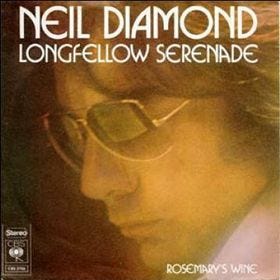
I've seen the light And I've seen the flame And I've been this way before And I'm sure to be this way again For I've been refused And I've been regained And I've seen your eyes before And I'm sure to see your eyes again Once again For I've been released And I've been regained And I've sung my song before And I'm sure to sing my song again Once again Some people got to laugh Some people got to cry And some people got to make it through By never wondering why Some people got to sing Some people got to sigh Some people never see the light Until the day they die But I've been released And I've been regained And I've been this way before And I'm sure to be this way again Once again One more time again Just one more time
Playlist
S&G: Sounds of Silence; Bridge Over Troubled Water Simon: Paul Simon; There Goes Rhymin’ Simon Diamond: Tap Root Manuscript; Longfellow Serenade King: Tapestry Queen: A Night at the Opera



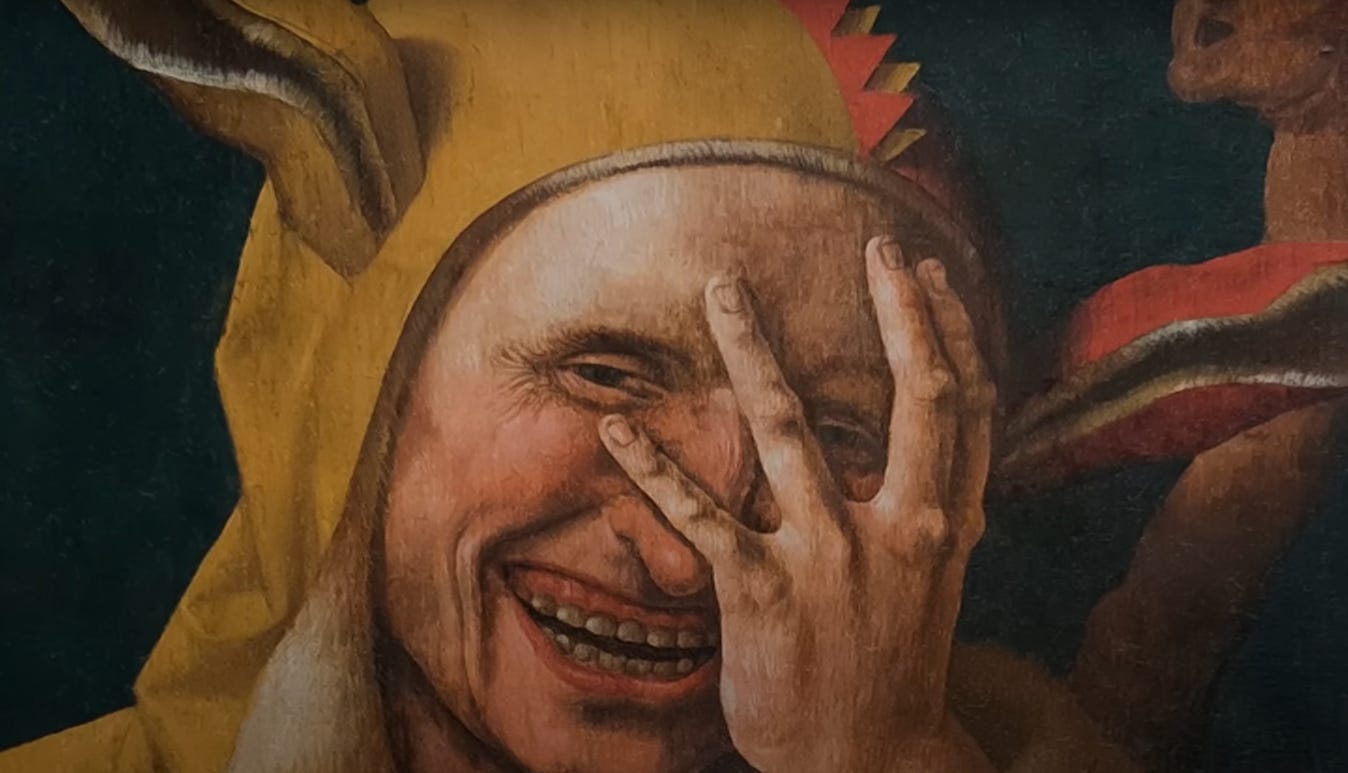
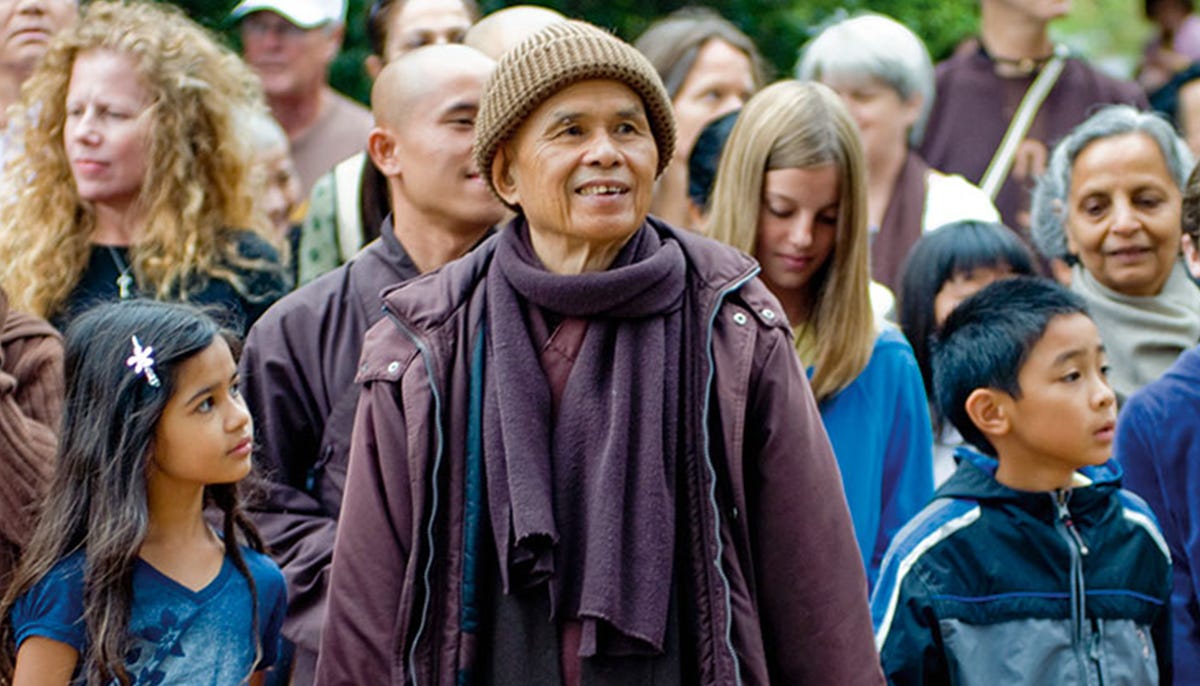

Such a profound post, Guy, so intimate and vulnerable. That sadness of childhood is so present to me in this that I'm sure it's not only yours I'm touching. Your playlist is mine except that I wasn't hip enough to appreciate Queen. But Simon and King I played on my piano, picturing them walking past my little half-ghetto Appalachian street and thinking, "She's not very good but I can tell she truly understands what I meant with this song."
I'll come back to this later, with more time, and delve into your tracks, and I'm resisting saying 'the tracks of your tears' (that resisting thing has never been my forte ;-)